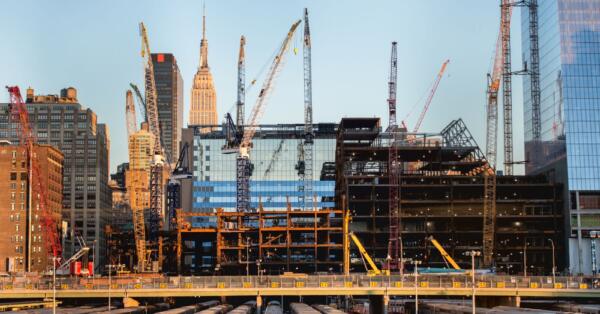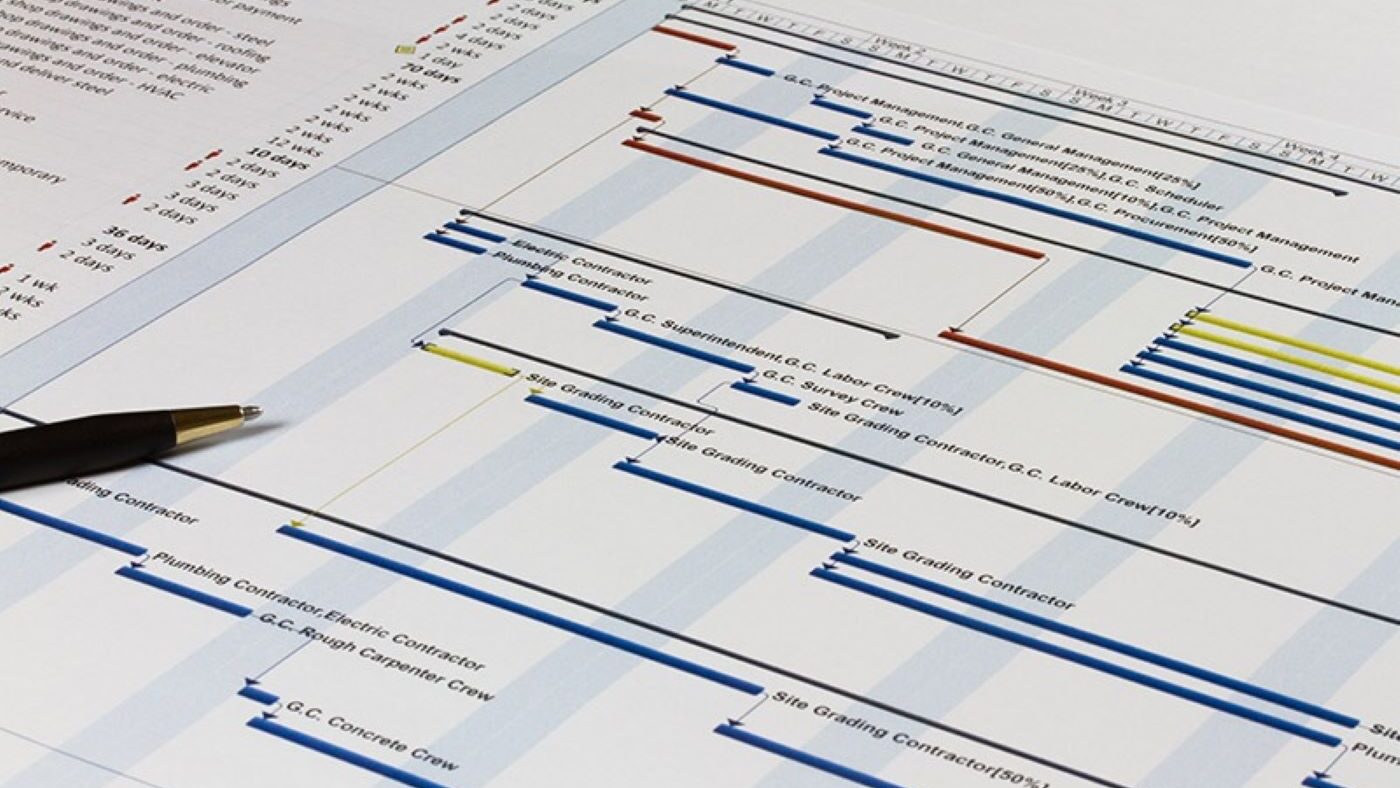The old adage that “Time is Money” has never been more true than as it relates to the development and construction of revenue producing properties. Between the Owner’s debt service expense on multi-million-dollar loans, lost revenue, and the Contractor’s time-related costs, the cost per day can be tens of thousands of dollars.
So, it’s little wonder that when things don’t work out as planned and the process is delayed, the parties end up embroiled in expensive litigation. These tend to be very complex issues, often involving millions of dollars of delay damages, with attorneys and experts attempting to sort out the cause of the delay, the extent of the damages, and who is responsible.
The fact that a concurrent delay may not be compensable under the contract turns out to be an important aspect of many delay analyses. Basically, if the Owner delays the project concurrent with a delay caused by the Contractor, neither the Contractor nor the Owner can receive reimbursement for the delay damages caused by the other.
This concurrency concept frequently becomes a major battleground in delay disputes in which the party being accused of delay will look for a concurrent delay caused by the other party in order to render the delay as “non-compensable.”
Concurrent Delay or Pacing Delay
What may appear to be a concurrent delay may actually be a pacing delay, that is to say, a management decision to change the rate of progress due to other events. For example, if the Owner makes a change in design that affects the floor slab design, which in turn causes delay to the floor slab construction, the Contractor may decide to pace, or delay, the delivery of structural steel that sits on the slab on grade in order to avoid having steel stacked up with no place to put it until the slab is completed. The Contractor’s delay in the shipping of the steel was a management decision to pace the steel fabrication and not a concurrent delay.
By simply analyzing the as-built schedule, one may misconstrue that the steel delivery was a concurrent delay since the Contractor couldn’t erect steel until it was delivered. The foundation change and steel delivery would be wrongly identified as concurrent delays, and therefore, the delay caused by the slab design change would not be compensable to the Contractor.
Pacing can—and often does—occur in decision processes, as well as workflow and procurement. In project management, many decisions must be made and issues resolved in real-time every day. People tend to make these decisions based on their perception of priority. If the Contractor informs the Owner that the steel has been delayed three weeks due to an issue at the fabrication shop, and the Owner decides to take another three weeks to decide on the integral concrete stain color since the steel is delayed anyway, that is a pacing delay, not a concurrent delay. The Owner could take more time on making the decision because of the steel delay. The Contractor cannot successfully claim that the delivery of the steel didn’t hold up the job because the Owner hadn’t made a concrete color selection.
Pacing Decisions are often hidden to a Delay Claim Expert
The delay analysis process usually takes place in hindsight by experts who weren’t on the project, based on a static analysis of available project documentation. However, the actual construction process is a dynamic process where management decisions are made based on information available to the project participants at a particular moment in time and based on what they believe will happen next. Good project documentation is critical in the delay analysis process. More often than not, simply relying on the project schedule analysis, without digging into the story behind the activities and an analysis of the reasons certain decisions were being made, can lead to the wrong conclusions in delay analysis.
For this reason, it is extremely important for the project participants to document their actions and be especially cognizant of how a pacing delay can be misconstrued as a concurrent delay. This can have a substantial impact on who will be able to ultimately collect on delay damages. Project participants should think about documentation from the perspective of a future expert or attorney, who may someday be tasked with recreating the reality of the project based on the written documentation left by the project team. Whichever project participant best documents the project is best positioned for controlling that future recreated reality. Project documentation tends to, at best, capture what happened, but fails to reflect why it happened. The “why” can often drive the ultimate outcome of disputes over time and money. An understanding of the nuances of delay analysis, concurrency, and pacing concepts helps all parties involved better protect themselves against future disputes.
To learn more about VERTEX’s Construction Claims Consulting and Expert Witness Services or to speak with a Construction Expert, call 888.298.5162 or submit an inquiry.
Author: Ted Bumgardner
This article was originally published by Xpera Group which is now part of The Vertex Companies, LLC.





